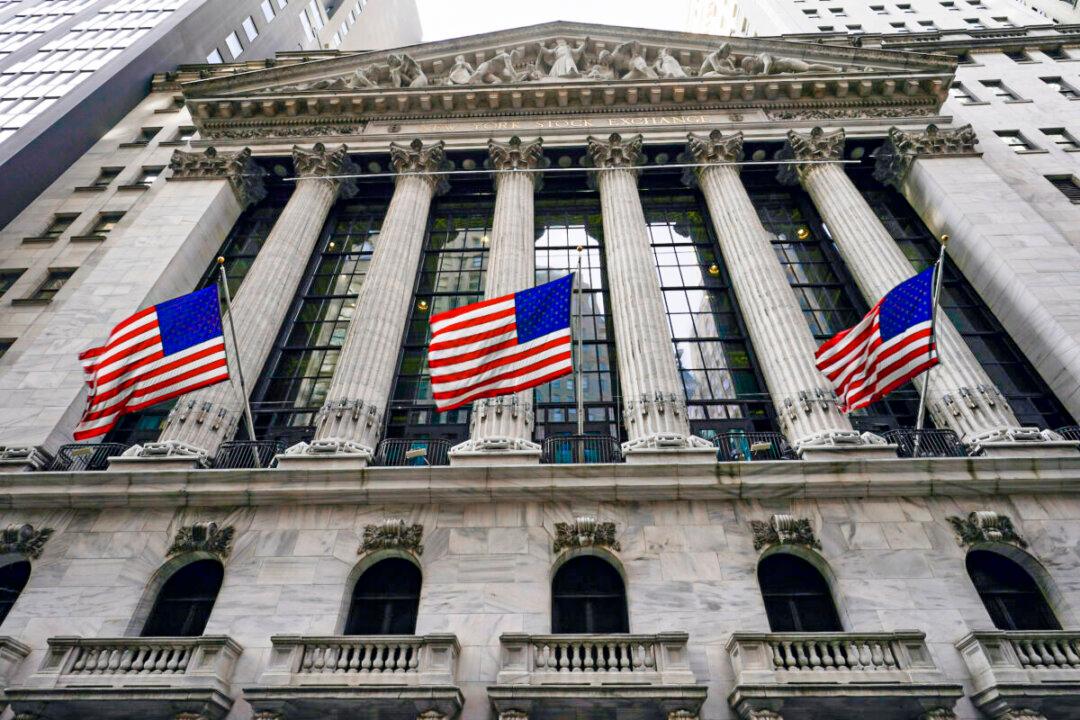Some of the biggest U.S. financial institutions on Wall Street are concerned about a worsening economic situation over the coming months, according to several top banking executives attending the Credit Suisse Financial Services Forum in Florida.
Reuters interviewed several key bank officials at the financial services forum on Feb. 17 about the economic situation in the year ahead.





